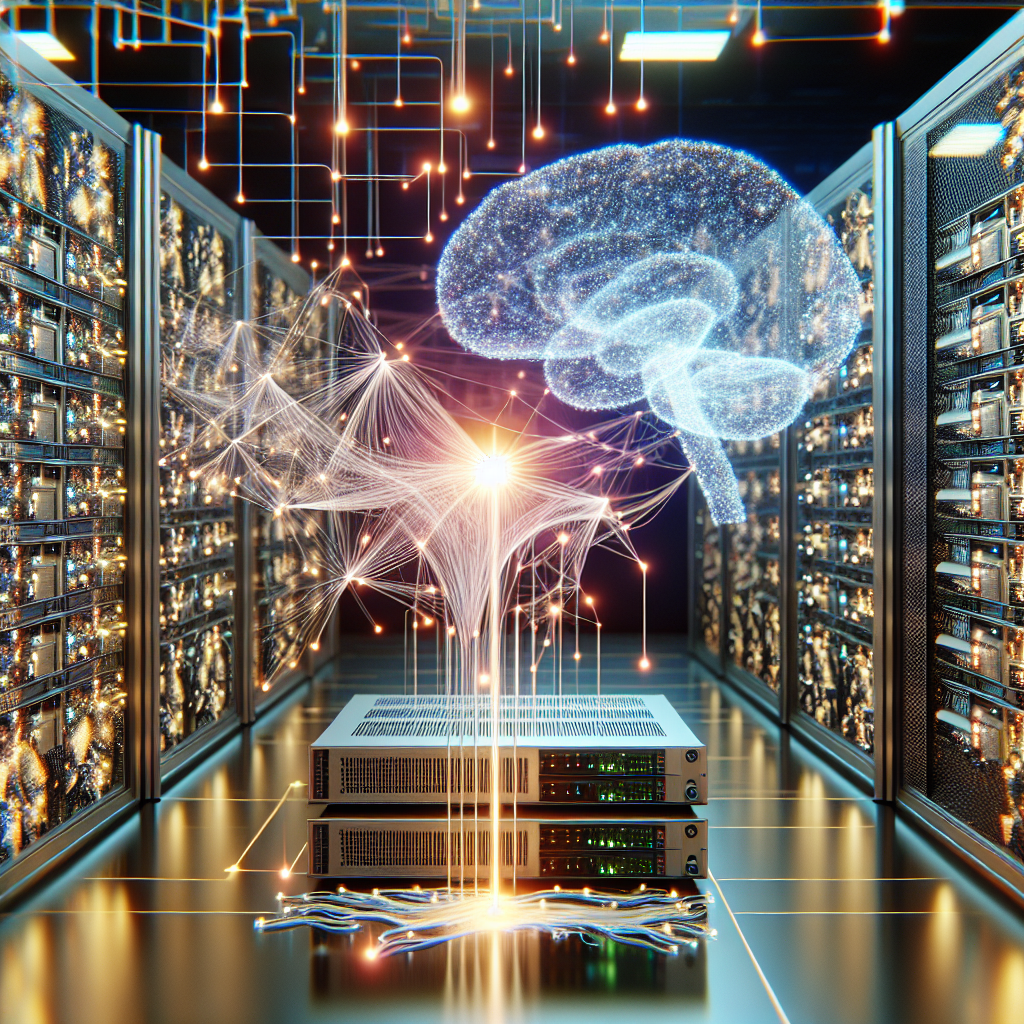In today’s digital age, data has become the new currency. With the proliferation of smartphones, social media, and IoT devices, massive amounts of data are being generated every second. This data holds valuable insights that can help businesses make informed decisions, improve customer experiences, and drive innovation.
However, the sheer volume, velocity, and variety of data being generated pose a significant challenge for organizations. Traditional data processing tools and methods are no longer sufficient to handle the scale and complexity of big data. This is where big data analytics and machine learning come into play.
Big data analytics is the process of examining large and complex data sets to uncover patterns, correlations, and trends. It involves the use of advanced analytics techniques, such as data mining, predictive modeling, and machine learning, to extract actionable insights from raw data. Machine learning, on the other hand, is a subset of artificial intelligence that uses algorithms to learn from data and make predictions or decisions without being explicitly programmed.
When combined, big data analytics and machine learning can enable organizations to unlock the full potential of their data. By leveraging machine learning algorithms, businesses can discover hidden patterns in their data, identify trends, and predict future outcomes with a high degree of accuracy. This can help organizations optimize their operations, improve customer satisfaction, and drive innovation.
One of the key benefits of using big data analytics and machine learning together is the ability to automate and streamline data processing tasks. Machine learning algorithms can analyze large volumes of data at a much faster pace than humans, allowing organizations to derive insights in real-time. This can help businesses make faster and more informed decisions, leading to a competitive advantage in today’s fast-paced market.
Furthermore, big data analytics and machine learning can help organizations personalize customer experiences and improve customer engagement. By analyzing customer data, businesses can gain a better understanding of their preferences, behaviors, and needs. This enables organizations to tailor their products and services to meet the unique needs of each customer, leading to increased customer satisfaction and loyalty.
In conclusion, from data centers to insights, big data analytics and machine learning go hand in hand in today’s data-driven world. By harnessing the power of these technologies, organizations can unlock the full potential of their data, drive innovation, and gain a competitive edge in the market. As the volume and complexity of data continue to grow, leveraging big data analytics and machine learning will be essential for organizations looking to thrive in the digital age.


Leave a Reply